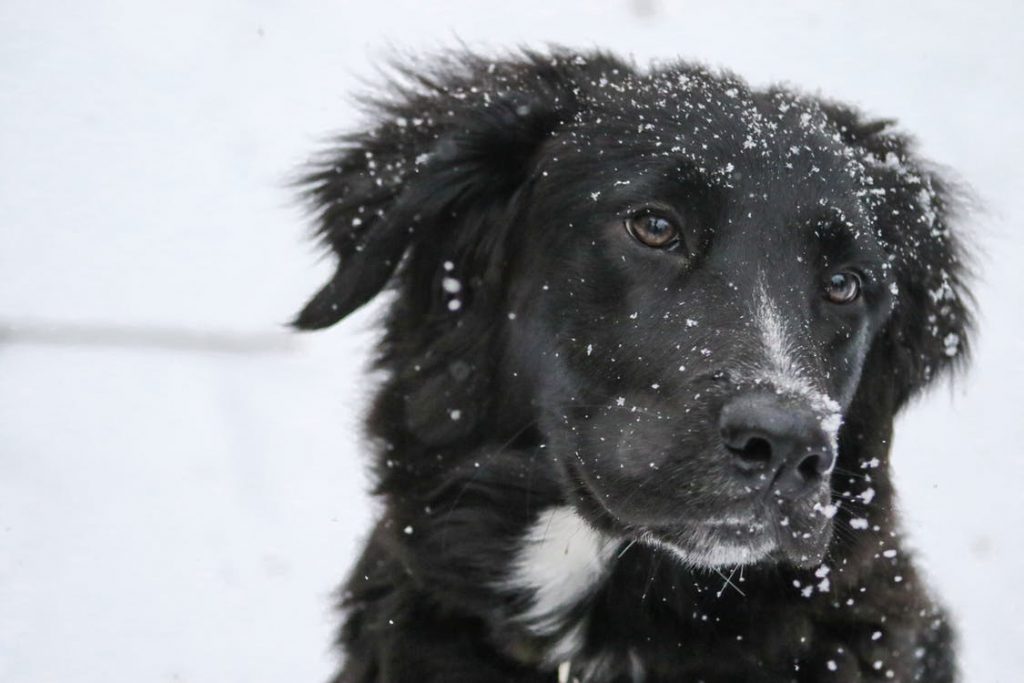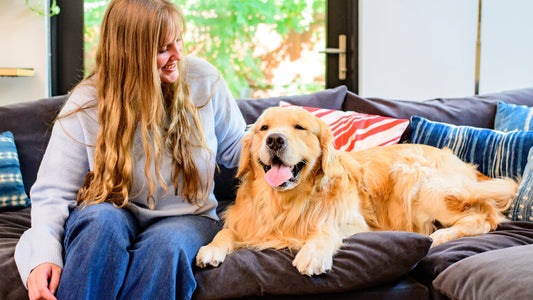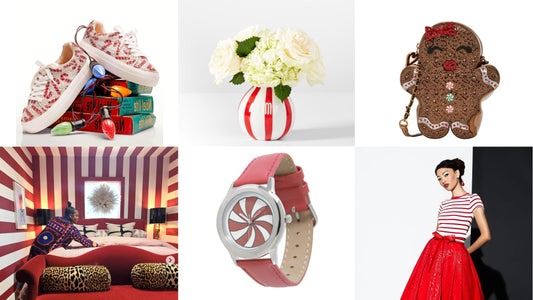Ah, winter. The season of brisk, clean air, cozying up by the fireplace, and more peppermint baked goods than you can handle. Unfortunately though, winter isn’t always as fun for our pets. Even though your pup is naturally dressed for the cold, a fur coat can only do so much in the freezing temperatures—after all, even dogs can fall victim to hypothermia or frostbite. So when is the chill too cold for your furry best friend? Follow these crucial guidelines to ensure your pup enjoys winter weather safely and comfortably.
Breed matters
A short-furred Chihuahua will react differently to the cold than a thick-coated dog like a Siberian Husky or German shepherd, of course, and should be monitored accordingly. But many other physical differences also play a major role in how susceptible your pup will be to extreme temperatures, making them more “cold adverse.” Here's what to consider:
- Weight and size: A Greyhound has an exceptionally thin coat but also lacks the body fat necessary for proper insulation and can suffer in the cold. Size also matters. Smaller dogs like a Pomeranian or Yorkshire Terrier lose more heat more quickly and should be shielded from cold temps whenever possible.
- Coat thickness and color: A thicker coat provides more insulation and therefore regulates warmth better. But a darker coat also fares better for warmth, since these pups will absorb more sunlight. This keeps them warmer than their light-coated counterparts.
- Age and health: Some dogs won’t be able to regulate their temperature as well and will need greater protection from the cold, including puppies, elderly dogs, and those with health issues or compromised immune systems. Dogs with hip or joint issues will especially suffer in the cold. A supplement can help ease their pains and increase the amount of time they can enjoy outdoors.

Down to the degree
While the temperature at which your dog can comfortably handle the cold varies greatly upon its breed, size, coat, age and health, here are the baseline temperatures at which you need to start taking extra precautions for your pet’s comfort and safety:
- Below 45 degrees:This is when many cold-averse dogs will start to feel uncomfortable. If your pup sleeps outside, ensure that their space is roofed with a thick, raised floor. A dog house door should be covered with weatherproofed flaps to prevent windy drafts.
- Below freezing (32° F): During this freezing weather, all dogs should be closely monitored (especially the cold adverse), and you should restrict their time outside to daytime hours. Nighttime is when a dog’s health can become compromised, so it’s best to keep all dogs sleeping indoors in this temperature range.
- Under 20°F: Now we’re in the danger zone. Even owners of Huskies and other Northern-bred dogs with thick coats should take caution. This is when fatal issues like hypothermia and frostbite begin, and you should never leave your dog to sleep outdoors in these freezing temps.
Above all, keep a close eye on your pup’s behavior. Bring your pet indoors during nighttime hours and give your cold-adverse pooch a cute sweater or mittens for extra warmth on long walks. If you notice your dog shivering, whining, acting anxious, slowing their movements, or holding up one or more paws, take them indoors immediately. Keeping your pup safe and warm each winter is the least you can do for the furry companion who would walk to the end of the earth for you.




